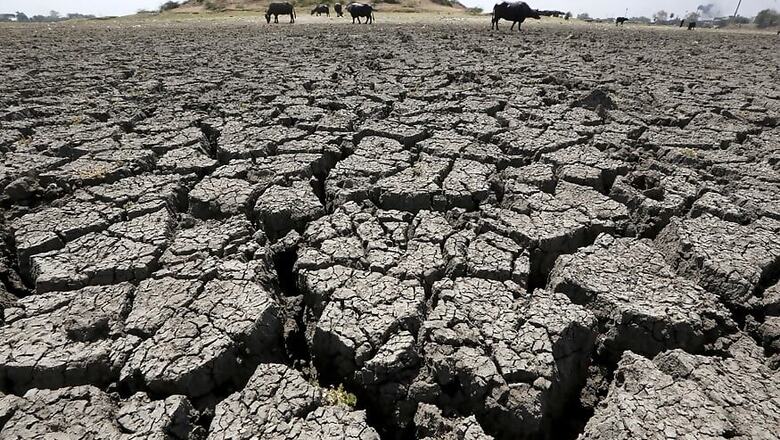
views
New Delhi: The Supreme Court ruling in Cauvery dispute, giving more water to Karnataka comes at a crucial time for Bengaluru.
Bengaluru is second in a list of 11 cities that are facing the imminent threat of running out of water based on an UN-backed study, published by the BBC.
The study has projected that global demand for fresh water will exceed supply by 40% in 2030, thanks to a combination of climate change, human action and population growth.
The first on the list is the financial capital of Brazil, São Paulo. The city went through a similar experience as that of Cape Town in 2015 when it reservoirs fell below 4 percent. At one point, it was projected that the city had 20 days before it ran out of water. The situation has eased since then but in 2017, water levels dropped alarming, trigging fresh fears that the city’s days were numbered.
As for Bengaluru, the study found that the city’s infrastructure was unable to scale up to match rising population, particularly water and sewage systems. As a result, a large amount of water was either wasted or is too polluted to use. The city of lakes does not have a single lake whose water is fit for human consumption, the study found.
The third city on the list was China’s capital Beijing. The study said that only 145 cubic metres was available to each inhabitant of the megalopolis of 20 million. It also quoted a Columbia University study which found that China's water reserves declined 13% between 2000 and 2009.
The next most vulnerable city on the list is Cairo. Once the centre of ancient civilisation, Cairo and Egypt has always been heavily reliant on the Nile for its water needs. But the source of 97% of country’s water is now struggling due to unchecked pollution. The UN estimates the city will face acute water shortages by 2025.
Cairo is followed by Jakarta. The capital of Indonesia faces a paradoxical threat of rising sea levels with staring at a crisis in potable water. The report blames direct human activity for the problem. As less than half of the city's 10 million residents have access to piped water, illegal digging of wells is rampant. This has drained underground aquifers, leading to land sinking below sea level. They not being replenished despite heavy rain due heavy use of concrete across the city.
The first European city on the list is Moscow. Despite one quarter of the world’s fresh water being in Russia, mismanagement has led to a situation where the city is likely to face a water crisis in the future. The study says 35% to 60% of total drinking water reserves do not meet sanitary standards.
Istanbul is the next city on the list with Turkey as a whole facing a lack of supply. Local experts have warned that the situation could worsen to water scarcity by 2030. Istanbul has already been facing shortages in the drier months.
At number eight is Mexico City, which not a stranger to water shortages. The city imports as much as 40% of its water from distant sources. Coupled with a lack of a proper piped network, the city ends ups wasting water leading to rationing from time to time.
London is not associated with such lists but here it makes an entry at nine. With an average annual rainfall of about 600mm, London draws 80% of its water from rivers. According to the Greater London Authority, the city is pushing close to capacity and is likely to have supply problems by 2025 and "serious shortages" by 2040.
Japanese capital Tokyo also makes an entry in this list. Despite a rainy season of four months, Tokyo has a water system that depends 70% on surface water. As a result, the city of 30 million people is prone to being affected by droughts.
Rounding off the list Miami in the US. An early 20th Century project to drain nearby swamps had an unforeseen result; water from the Atlantic Ocean contaminated the Biscayne Aquifer, the city's main source of fresh water. While the problem was detected in the 1930s, sea water continues contaminate fresh water sources a city battling rising sea levels. The problem is only getting worse.



















Comments
0 comment